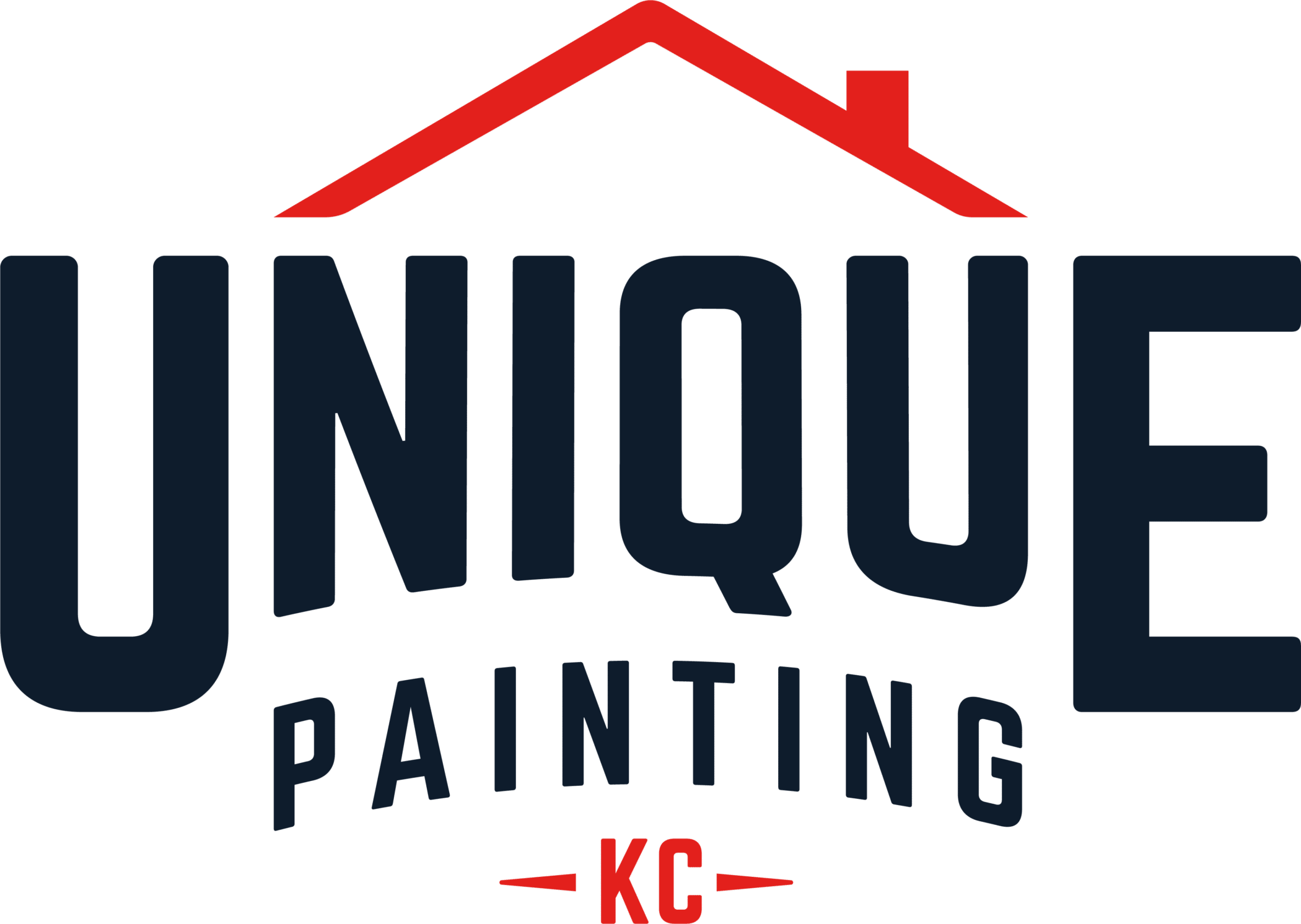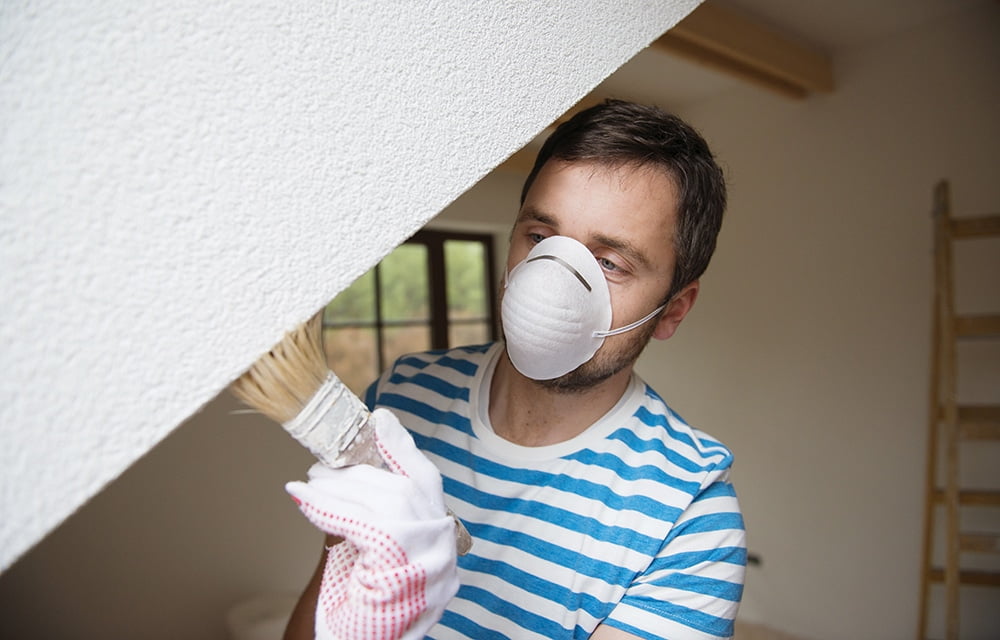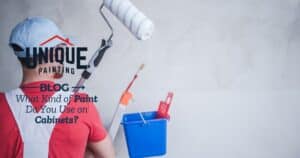Most people know one of the easiest ways to give your home a little face-lift is by putting a fresh coat of paint on a few walls. It’s so easy, right? You just pick your paint then paint it! Seems so simple! But then suddenly “Pick it and Paint It” turns into Peel it, Bubble it and Crack it, and the simple face lift is raising  everyone else’s eyebrows! Unless you’ve been through this, rarely will you realize the many steps professional painters take to ensure paint goes on smoothly and stays on — the first time! So, to help you, well, save face here are some tips and tricks so you don’t get bombarded with bubbles, pummeled by peelings and taken aback by cracks!
everyone else’s eyebrows! Unless you’ve been through this, rarely will you realize the many steps professional painters take to ensure paint goes on smoothly and stays on — the first time! So, to help you, well, save face here are some tips and tricks so you don’t get bombarded with bubbles, pummeled by peelings and taken aback by cracks!
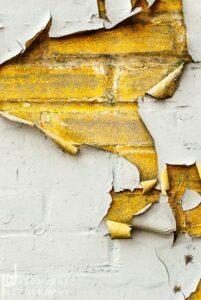 everyone else’s eyebrows! Unless you’ve been through this, rarely will you realize the many steps professional painters take to ensure paint goes on smoothly and stays on — the first time! So, to help you, well, save face here are some tips and tricks so you don’t get bombarded with bubbles, pummeled by peelings and taken aback by cracks!
everyone else’s eyebrows! Unless you’ve been through this, rarely will you realize the many steps professional painters take to ensure paint goes on smoothly and stays on — the first time! So, to help you, well, save face here are some tips and tricks so you don’t get bombarded with bubbles, pummeled by peelings and taken aback by cracks!Why Does Paint Bubble/Blister?
- Painting over a damp, hot or dirty surface will create an uneven appearance of blistering or bubbling. Make sure to always sand and prime the surface on which you’re going to be painting.
- Applying oil-based paint over latex paint also results in this effect. Test the old painted surface with some rubbing alcohol and a cotton ball. If the cotton ball has paint on it, it’s latex paint. Match the same type of paint or prime over the old paint first and you will avoid blistering or bubbling.
- Check for water damage because moisture can also be a culprit. If you want to be extra cautious,
hire a professional, as ongoing water damage can affect more than just your paint job. - Termites. Believe it or not, paint bubbling can be a sign of these harmful insects. Have your home properly inspected by a pest control company for any signs of termites when blistering and bubbling paint is accompanied by a hollow sound when knocking on the surface.
Why Does Paint Crack?
- Priming walls may seem tedious but it’s going to save time and heartache in the long run. Paint needs to be applied on a dry surface, so priming helps to remove any moisture.
- A low-grade paint is priced that way for a reason, and sometimes buying cheap results in a low quality finished product. Don’t cheap out on the paint, you’ll be surprised at how many affordable brands are out there.
- If you mix an oil-based paint with a latex paint it will not dry properly, thus resulting in paint cracking. If you must mix paints, be sure to prime the area first (which is a general rule of thumb when painting indoors).
- Yes, painting can be tedious, but rushing means not doing the job properly. Applying a second coat of paint too quickly and not giving the first coat a chance to dry can also result in cracked paint.
What Makes Paint Peel?
- Moisture. While damp walls can cause paint to bubble, it can also result in paint peeling. As previously mentioned, hire someone to inspect your home for water damage and have it fixed immediately, because early detection is an easy fix while waiting too long can result in extensive damage.
- Prep work not done properly. If you haven’t cleaned well or allowed the wall to dry prior to painting, the paint will peel because it cannot properly stick to the surface.
If you have any questions at all about your DIY project or would like to get a free estimate of our services, just give us a call! Look forward to hearing from you!
